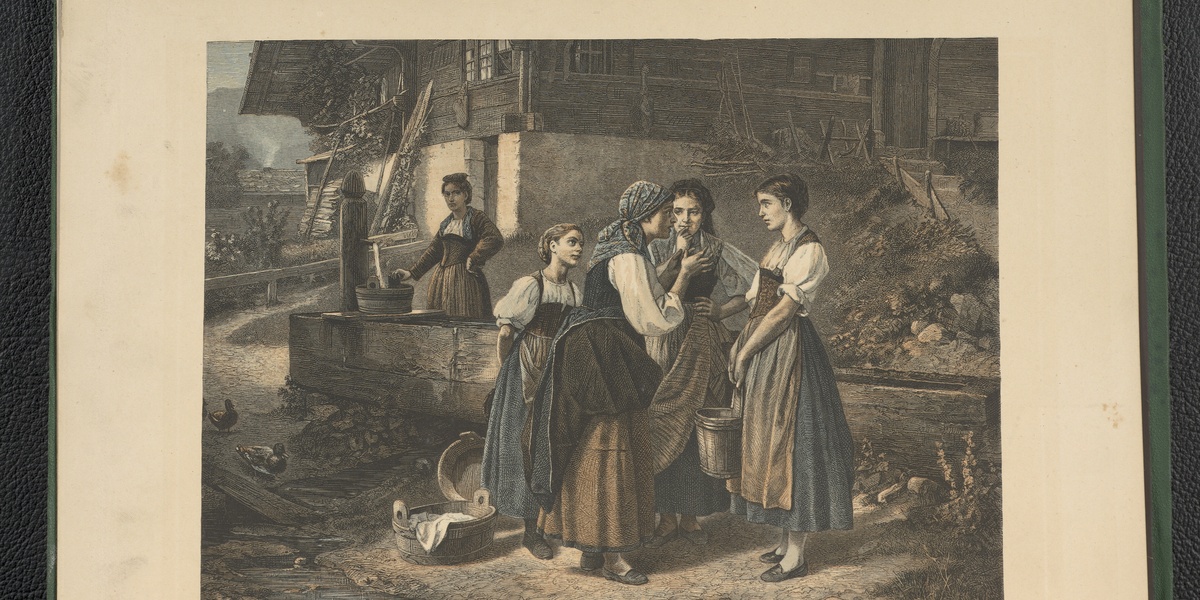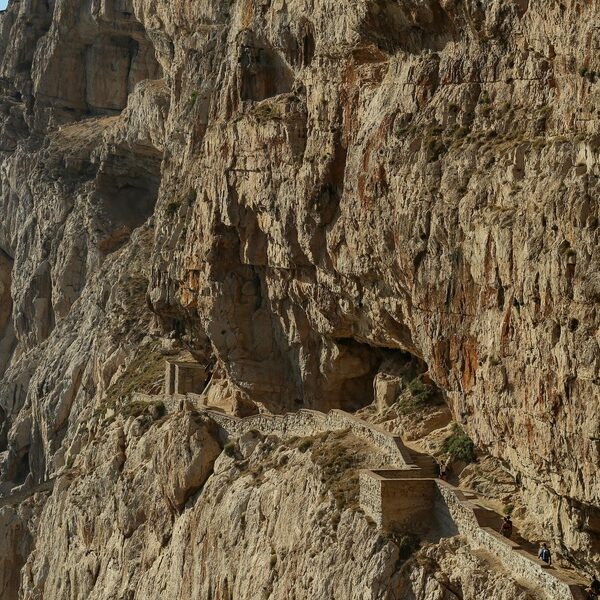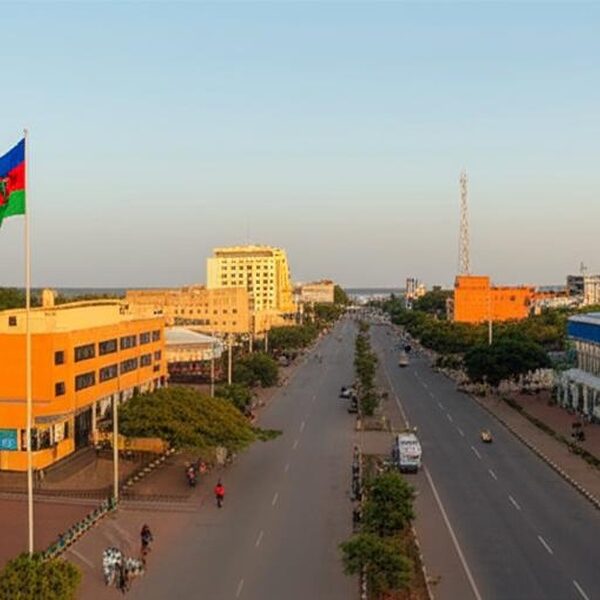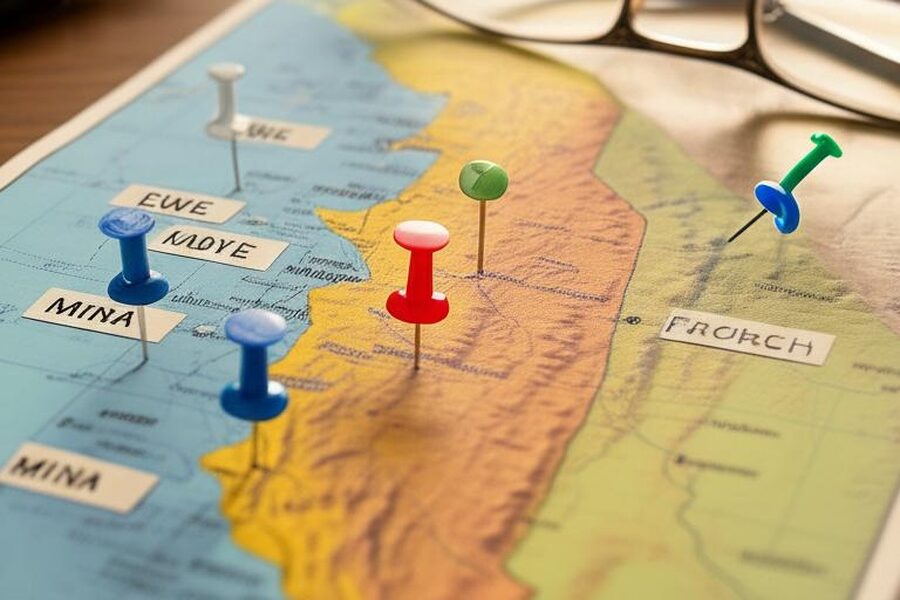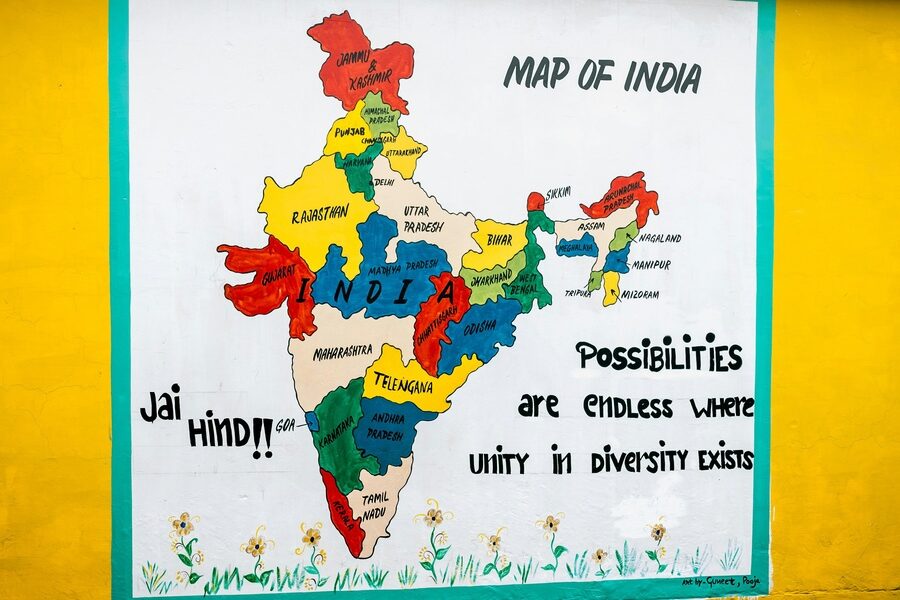Switzerland’s mix of Alpine landscapes, global cities and cross-border commerce has shaped a population that’s both locally rooted and richly international. Migration, regional languages and historical movement mean ethnic identity in Switzerland often ties closely to canton, language area and city of residence.
There are 15 Switzerland Ethnic Groups, ranging from Albanians (including Kosovo) to Turks. For each group you’ll find below entries organized with Population (est), Share (%), Primary region/language so you can quickly compare size, proportion and where people commonly live or speak. Scroll down and you’ll find below the full list and data for each group.
Which ethnic groups are the largest and where are they mainly located?
The largest groups after Swiss nationals are typically those from neighboring and nearby countries — people with roots in Italy, Germany and Portugal — and they tend to cluster around urban centers (Zurich, Geneva, Basel) and language regions that match their background.
How current and comparable is the data on ethnic groups?
Data usually comes from census and national statistics that report nationality, place of birth and language; estimates (Population est) and Share (%) help compare groups, but definitions and years vary, so check the source year and methodology for precise comparisons.
Switzerland Ethnic Groups
| Name | Population (est) | Share (%) | Primary region/language |
|---|---|---|---|
| Swiss Germans | 5,500,000 | 62.50% | Northern/central cantons; German-speaking (Alemannic dialects) |
| Swiss French (Romands) | 1,980,000 | 22.50% | Western cantons; French-speaking (Romandy) |
| Swiss Italians | 704,000 | 8.00% | Ticino and southern Graubünden; Italian-speaking |
| Romansh | 40,000 | 0.45% | Graubünden canton; Romansh language (Rhaeto-Romance) |
| Italians (immigrant-origin) | 300,000 | 3.41% | Ticino, Zurich, Geneva; Italian origin/language |
| Germans (immigrant-origin) | 320,000 | 3.64% | Border/urban cantons; German origin/language |
| Portuguese | 270,000 | 3.07% | Urban/industrial areas; Portuguese-speaking communities |
| French (immigrant-origin) | 200,000 | 2.27% | Geneva/Vaud/border regions; French origin/language |
| Albanians (including Kosovo) | 160,000 | 1.82% | Urban centers nationwide; Albanian-speaking (Kosovo/North Macedonia) |
| Serbs | 110,000 | 1.25% | Cities and suburbs; Serbian-speaking (Orthodox culture) |
| Bosnians | 60,000 | 0.68% | Urban/suburban areas; Bosnian/Bosniak identity |
| Turks | 80,000 | 0.91% | Urban/industrial areas; Turkish-speaking (Muslim communities) |
| Sri Lankan Tamils | 40,000 | 0.45% | Geneva and Zurich; Tamil-speaking (Sri Lankan origin) |
| Romani (Sinti and Roma) | 30,000 | 0.34% | Dispersed; Romani/Sinti dialects, distinct community |
| Jewish | 20,000 | 0.23% | Zurich, Geneva, Basel; Hebrew/Yiddish and diverse Jewish culture |
Images and Descriptions

Swiss Germans
Majority-language Swiss German-speaking population concentrated in northern and central cantons (Zurich, Bern, Aargau). Ethnolinguistic group descended from Alemannic German dialects; cultural distinctiveness includes dialects, traditions and regional identities within multilingual Switzerland.

Swiss French (Romands)
French-speaking Romand population mainly in western cantons (Geneva, Vaud, Neuchâtel, Jura). They form Switzerland’s francophone cultural region with shared language, media, and institutions, varying local identities and historical ties to neighboring France and Francophone Europe.
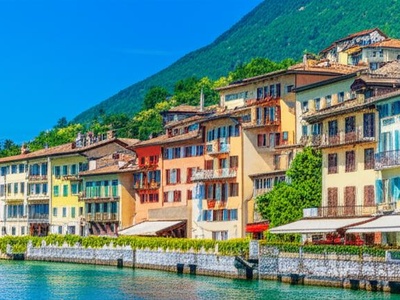
Swiss Italians
Italian-speaking Swiss concentrated in Ticino and parts of southern Graubünden. Known as Ticinesi, they share linguistic and cultural ties with northern Italy while maintaining Swiss civic identity, regional customs, and a distinct place in Switzerland’s multilingual landscape.

Romansh
Small indigenous Rhaeto-Romance ethnolinguistic group in southeastern Graubünden. Romansh speakers maintain a recognized national language with several dialects, strong local traditions and cultural autonomy despite being a minority within Switzerland’s multilingual framework.

Italians (immigrant-origin)
Longstanding immigrant community originally from northern and southern Italy, concentrated in Ticino and urban centers like Zurich and Geneva. Large postwar migration shaped Swiss industry and culture; many descendants are integrated but maintain Italian language, cuisine and transnational ties.

Germans (immigrant-origin)
German nationals and ethnic Germans who moved from Germany to Switzerland, prominent in urban and border cantons. They are often professionals and commuters, contributing to business and academia and sharing linguistic affinity with Swiss German-speaking populations.

Portuguese
Portuguese-origin community established since the 1960s and 1970s, concentrated in urban and industrial regions. They maintain Iberian cultural ties, language, and strong family networks; significant role in construction and service sectors with growing second-generation integration.

French (immigrant-origin)
French-origin residents are concentrated around Geneva, Vaud and border areas; include professionals, cross-border workers and long-term settlers. They contribute to francophone culture in Switzerland and often share language and social ties with native Romands.
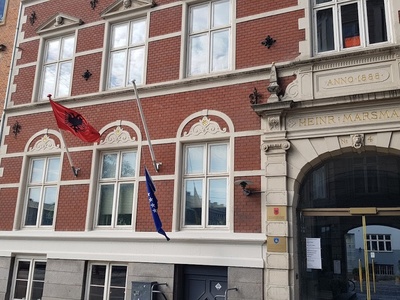
Albanians (including Kosovo)
Albanians—many from Kosovo and North Macedonia—form a visible immigrant-origin group in urban centers. They maintain Albanian language, cultural associations and family networks; migration peaked in the 1990s with ongoing presence in construction, services and entrepreneurial activities.
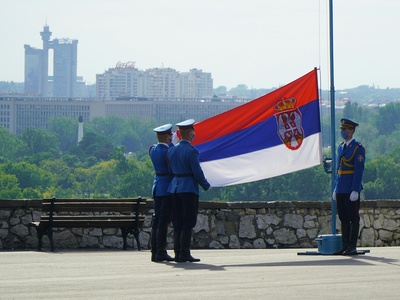
Serbs
Serb community arrived largely during the 1990s Balkans conflicts and continues as a recognized immigrant group. Concentrated in cities, they maintain Serbian language, Orthodox cultural life, clubs and businesses while integrating into Swiss society across generations.

Bosnians
Bosnian-origin community came primarily as refugees in the 1990s war, forming stable urban and suburban populations. They preserve Bosnian language and cultural traditions, support networks and religious diversity, contributing to Switzerland’s multicultural landscape.
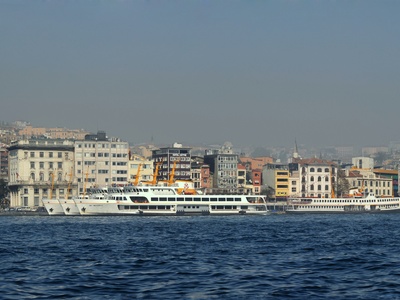
Turks
Turkish-origin residents from Turkey form an established minority, present in urban areas and some industrial regions. Community life centers on language, mosques and associations; many work in trades, commerce and increasingly professional sectors across generations.
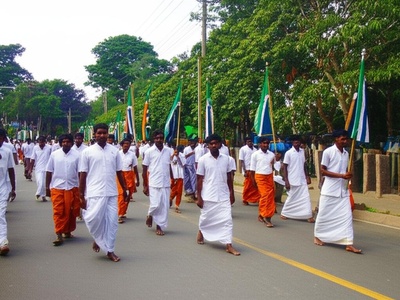
Sri Lankan Tamils
Sri Lankan Tamil community arrived as refugees in the 1980s–1990s and today is concentrated in Geneva and Zurich. They maintain Tamil language, cultural and religious institutions, active diaspora organisations and strong transnational family and political ties.

Romani (Sinti and Roma)
Sinti and Roma populations in Switzerland are small but long-established, often marginalized with distinct Romani language varieties and cultural traditions. They face social challenges but maintain unique identity through music, crafts and tight-knit community structures.
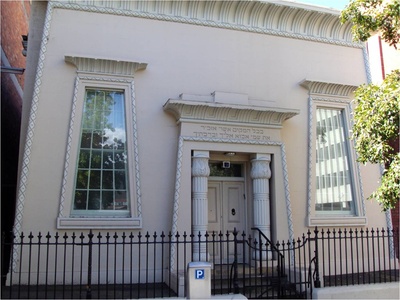
Jewish
Jewish community in Switzerland is a historic religious and ethnic minority concentrated in Zurich, Geneva and Basel. It combines religious, cultural and communal institutions, with roots in medieval and modern migration and diverse Sephardic and Ashkenazi backgrounds.

